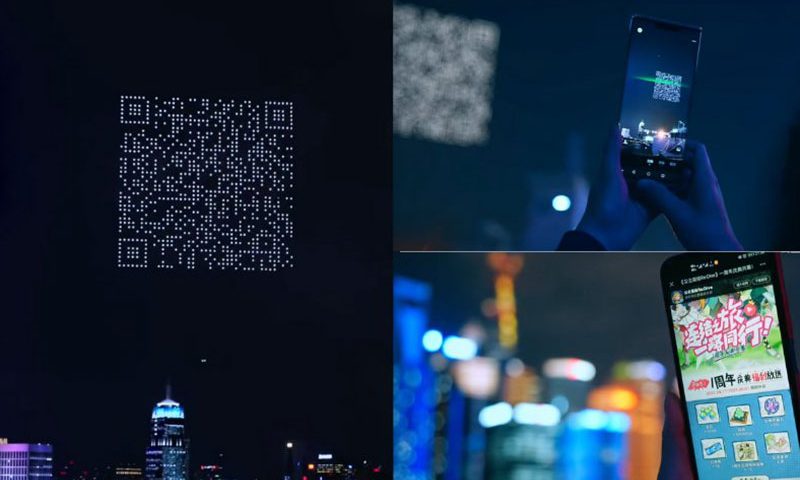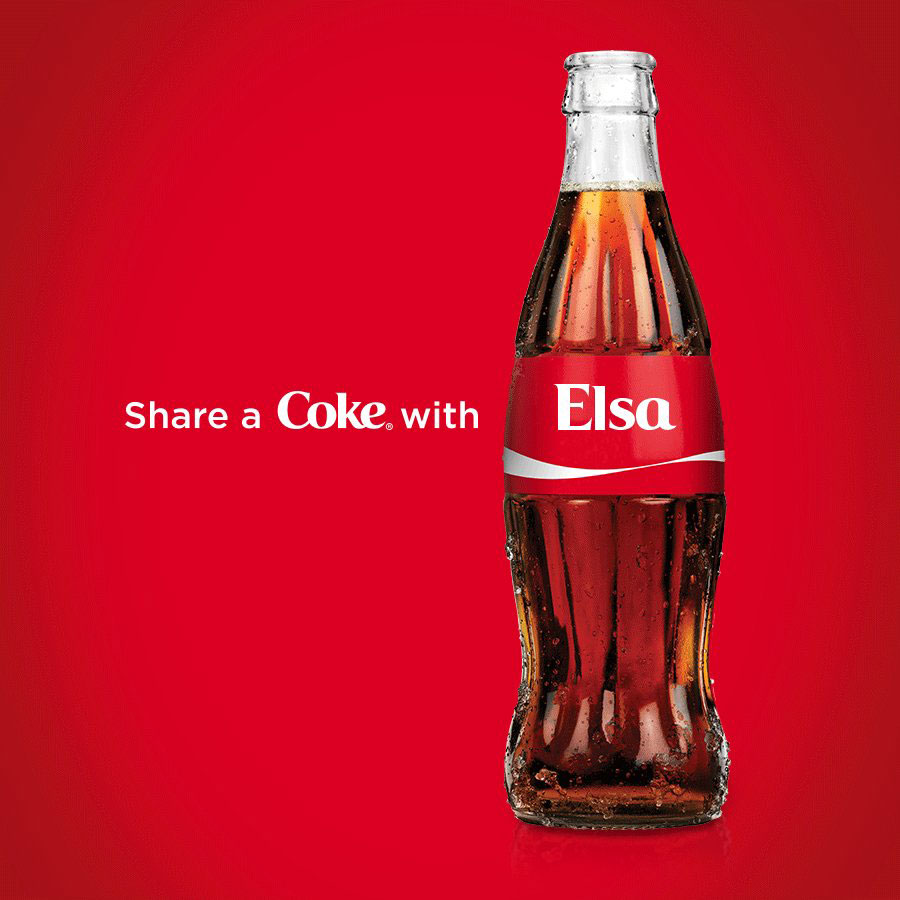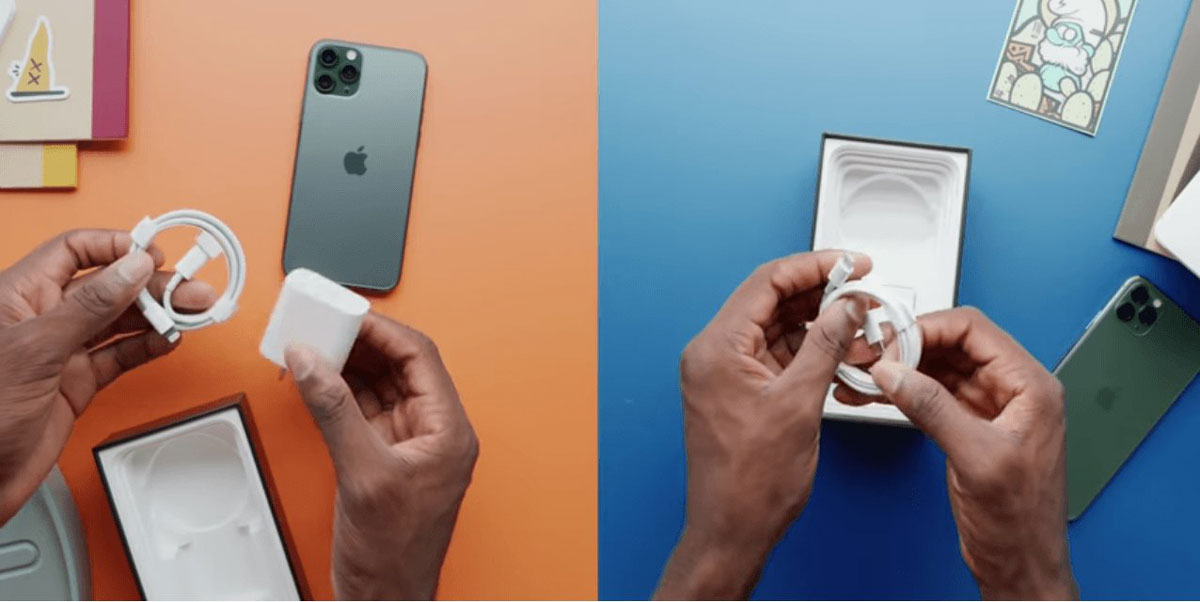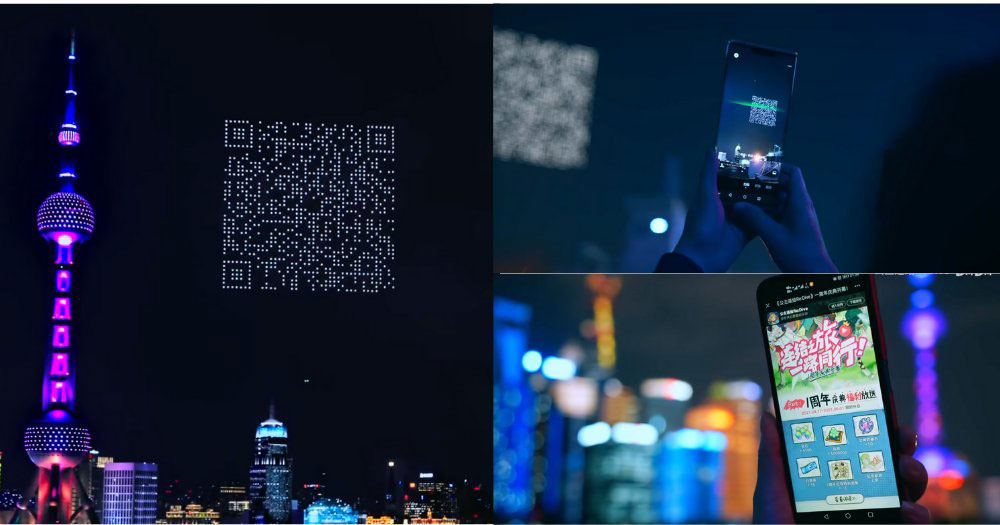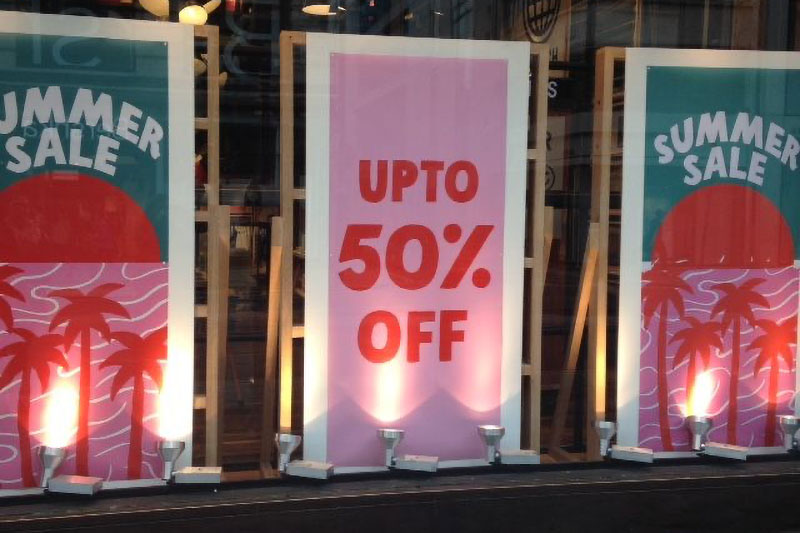The packaging of your products can make or break your brand, so you need to be careful with how you package your goods. Sometimes, good packaging design emerges out of a need. The COVID-19 pandemic has underlined the need for robust packaging — to ensure safety, hygiene and durability. We have seen innovations in the way brands package their products which wouldn’t have happened otherwise.
So how has the pandemic changed the packaging game for brands, and what tips can we pick up from how they have adapted to new demands?
What makes product packaging essential for brands
The first thing that makes product packaging essential for brands is a personality. You can create an identity with your logo, but it’s also important to give the customer something more than just what you’re selling them on the label.
Doing it right means your packaging delivers value while keeping consistent with your branding, so that people would be able to experience your brand through your product just by interacting with its packaging.
Once you build a foundation with your brand identity, it gives you license to start getting creative through unique designs and ergonomics that convey value and personality, without only a few words for copy to have a profound impact on consumers.
Coke’s packaging include names as part of a campaign that revived sales (Source: Pinterest)
A good case in point is Coca-Cola. As part of its ‘Share a Coke’ campaign, which turned around a decade-long sales decline, the F&B giant leveraged its iconic packaging with ingenuity to reconnect and resonate with its customers once again. It also gave customers a chance to customise their cans and bottles with specific names, apart from featuring cute social media friendly monikers such as “superstar” and “bestie”.
Furthermore, it’s called product packaging for just so that products look nice. It is essential to provide the basic task of protecting the product it contains and there are all sorts of different types. Whatever it may be, good packaging nevertheless keeps fragile and delicate products safe without going overboard with material use, and helps with keeping foodstuff protected and fresh too.
How the pandemic has affected product packaging for sustainability and safety
The lockdown has really made people think about sustainability and safety. Online shopping and delivery is on the rise and people are more acutely aware of the amount of single use plastic that goes to landfills. Reality sets in when heaps of wrappers and boxes stack up in their homes and dustbins.
That’s why sustainable packaging is becoming a priority among consumers. In fact, a research done by Trivium and Boston Consulting Group in 2020 revealed that 74% of consumers are happy to pay for packaging that’s more environmentally friendly.
As such, it’s not about bare minimal packaging that reduces waste but about better packaging. This is true because of anxieties around safety during the COVID-19 pandemic. People prefer reliable materials that ensure the consumable products they buy aren’t easily compromised.
What emerges out of this is actually an opportunity for brands to get creative and produce packaging that pushes the envelope for innovation and, on occasion, blows people’s minds.
Packaging design tips for brands of the future
In order to be successful in the marketplace today, it is critical that packaging design for products captures their attention by actually solving relevant problems. Here are a couple of tips for brands to consider in their packaging design to start or continue winning over customers:
1. Focus on customers’ experience
When it comes to knowing a brand, consumers see advertisements but interact with packaging. It’s the first personal touchpoint with customers. Brands can establish themselves as trustworthy by the way customers experience their packaging, especially now when the packaging is often the first thing of the brand they come into contact with when they shop online, not the store.
In light of the pandemic, customers grapple with a number of concerns that brands need to anticipate — does the packaging offer safety from the virus? Can it live long on the packaging? Does it withstand the rigors of e-commerce shipping? Is it recyclable? Does its copy lead to confusion or reassurance?
Interestingly, this growing push for sustainable packaging has even led Coca-Cola to start testing the use of paper bottles for its drinks, as a substitute for plastic.
There’s also a sense of mystery that surrounds packaging, which lends an enduring appeal to the unboxing experience that is primal in adults and children alike. Good product packaging can amplify the experience of that first-time ritual around a new product.
There’s a reason unboxing videos on YouTube are so popular (Source: ValueWalk)
2. Embrace QR codes
In case you haven’t noticed, QR codes are everywhere. The pandemic has pushed for a stark increase in contactless payments, which in most cases means using e-wallets. In Southeast Asia, MasterCard found in its 2020 Impact Study that Malaysia leads in terms of e-wallet adoption at 40% compared to other neighbouring countries. It’s no surprise that you could get street or hawker food now without having any cash on you.
The prevalence of QR codes in our daily lives cannot be overstated. Consider this publicity stunt involving drones:
A gaming company in China used about 1,500 drones to create a scannable QR code in the sky (Source: Mothership)
The amazing potential that comes from using QR codes in product packaging, more than giving consumers access to additional info, is vast untapped space for innovative or tailored brand engagement. Just like clicking a CTA link on a brand’s website could lead you anywhere the brand wants you to go, scanning a QR code on a product packaging is the equivalent in a physical setting.
It could lead to the use of augmented reality (AR), which visualizes virtual elements within real-life physical spaces in real-time. It could simply take you to a brand’s product catalog page, or their consultation booking page, or a product launch promo video — anything really. This gives brands newer ways to engage with consumers.
Good brands will always need good packaging
The pandemic is changing the packaging game for brands. Good design has become an imperative. This is helpful during a time when people need to change the way they shop.
Consequently, brands have had to adapt the way they work. Package sizes, visuals and materials still need to fulfill branding needs while serving the functional needs of evolving consumer behavior.
In what ways have you seen brands adapt their product packaging design to new demands that we should know about?

